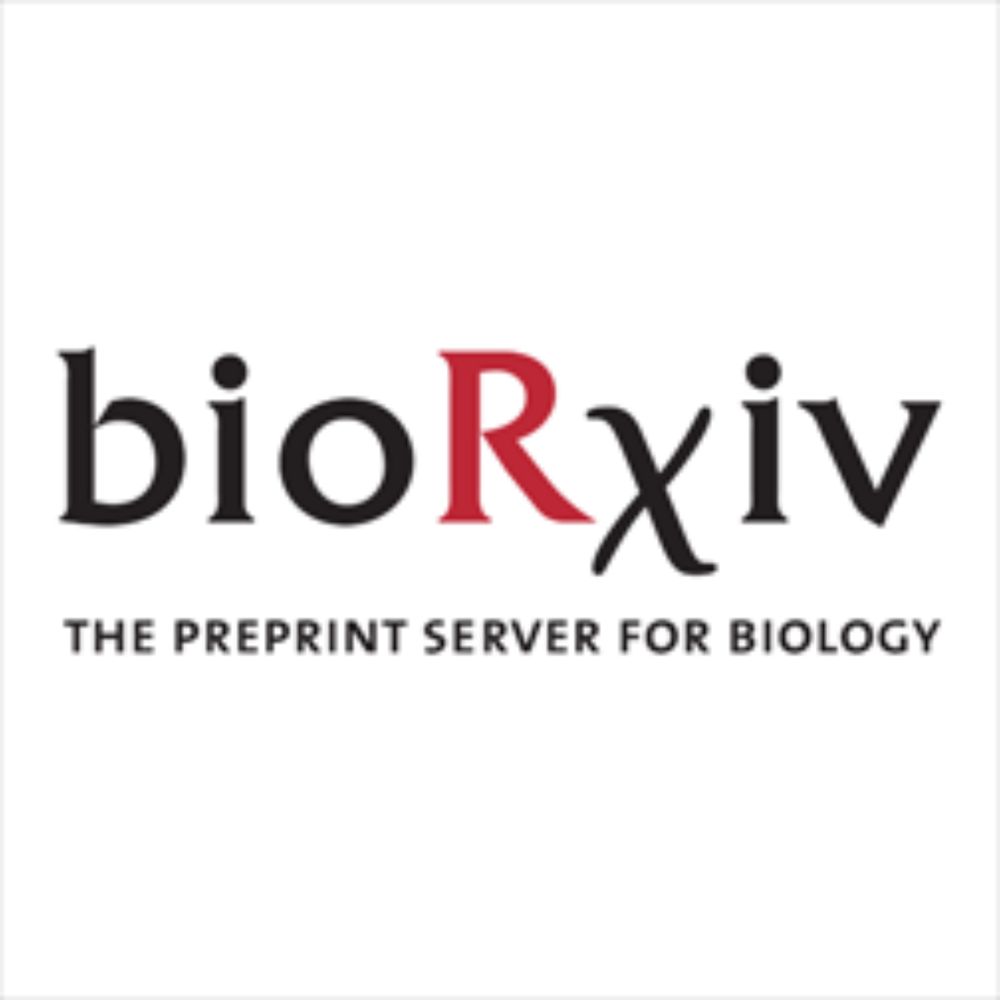http://pinglay-lab.com/
synBio/genomics/soccer/heavy metal/food
www.biorxiv.org/content/10.1...
any feedback would be highly appreciated!

www.biorxiv.org/content/10.1...
any feedback would be highly appreciated!
If you are interested in joining us on this effort, check out our website: www.pinglay-lab.com

If you are interested in joining us on this effort, check out our website: www.pinglay-lab.com
We are very excited about using SGE to generate the synthetic data needed to train the next generation of models for biological design.
We are very excited about using SGE to generate the synthetic data needed to train the next generation of models for biological design.
We believe a similar strategy could help create more resilient T-cells for therapy, capable of surviving and functioning in the metabolically depleted environments of tumors. Hopefully more here soon!

We believe a similar strategy could help create more resilient T-cells for therapy, capable of surviving and functioning in the metabolically depleted environments of tumors. Hopefully more here soon!
doi.org/10.1101/2025...
any feedback would be highly appreciated!

doi.org/10.1101/2025...
any feedback would be highly appreciated!
If you are interested in joining us on this effort, check out our website: www.pinglay-lab.com

If you are interested in joining us on this effort, check out our website: www.pinglay-lab.com
We are very excited about using SGE to generate the synthetic data needed to train the next generation of models for biological design.
We are very excited about using SGE to generate the synthetic data needed to train the next generation of models for biological design.
Again, mitochondrial localization was favored, with individual clones reflecting ~40-50kb of integrated DNA!

Again, mitochondrial localization was favored, with individual clones reflecting ~40-50kb of integrated DNA!
Intriguingly, the best clones all employed mitochondrial localization of pathway components, not cytoplasm as in our prev. design.

Intriguingly, the best clones all employed mitochondrial localization of pathway components, not cytoplasm as in our prev. design.
However, the cells grew 4x slower than normal - and we could not extend this strategy to enable any other amino acid prototrophies.
doi.org/10.7554/eLif...

However, the cells grew 4x slower than normal - and we could not extend this strategy to enable any other amino acid prototrophies.
doi.org/10.7554/eLif...
Unlike E. coli, which can make all 20 proetinogenic amino acids, mammals lack the pathways for 9 “essential” ones and must obtain them through the diet.

Unlike E. coli, which can make all 20 proetinogenic amino acids, mammals lack the pathways for 9 “essential” ones and must obtain them through the diet.

But as pathway complexity grows, so does the combinatorial design space! However, delivering large DNA constructs to mammalian cells is inefficient, making large unbiased screens intractable.

But as pathway complexity grows, so does the combinatorial design space! However, delivering large DNA constructs to mammalian cells is inefficient, making large unbiased screens intractable.

